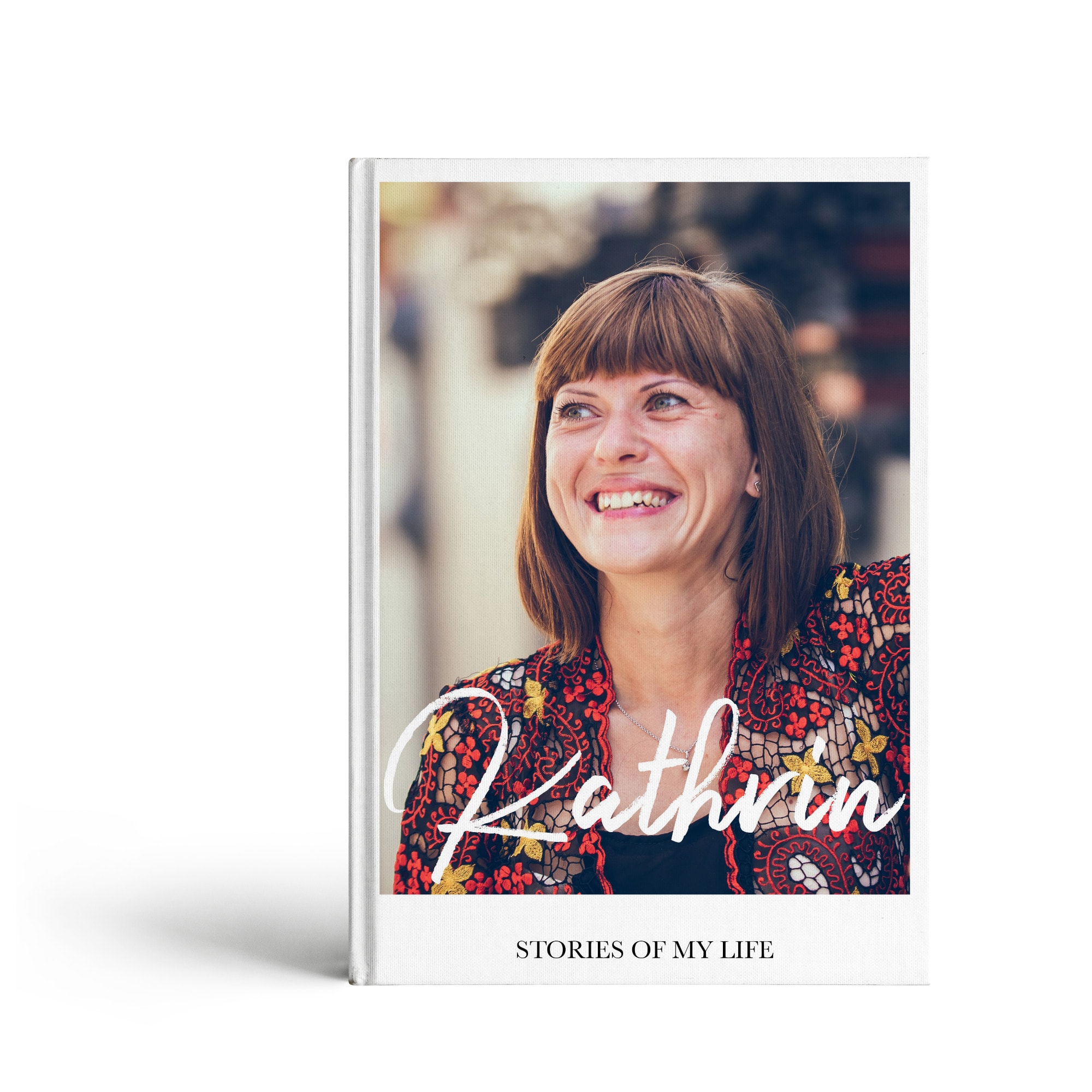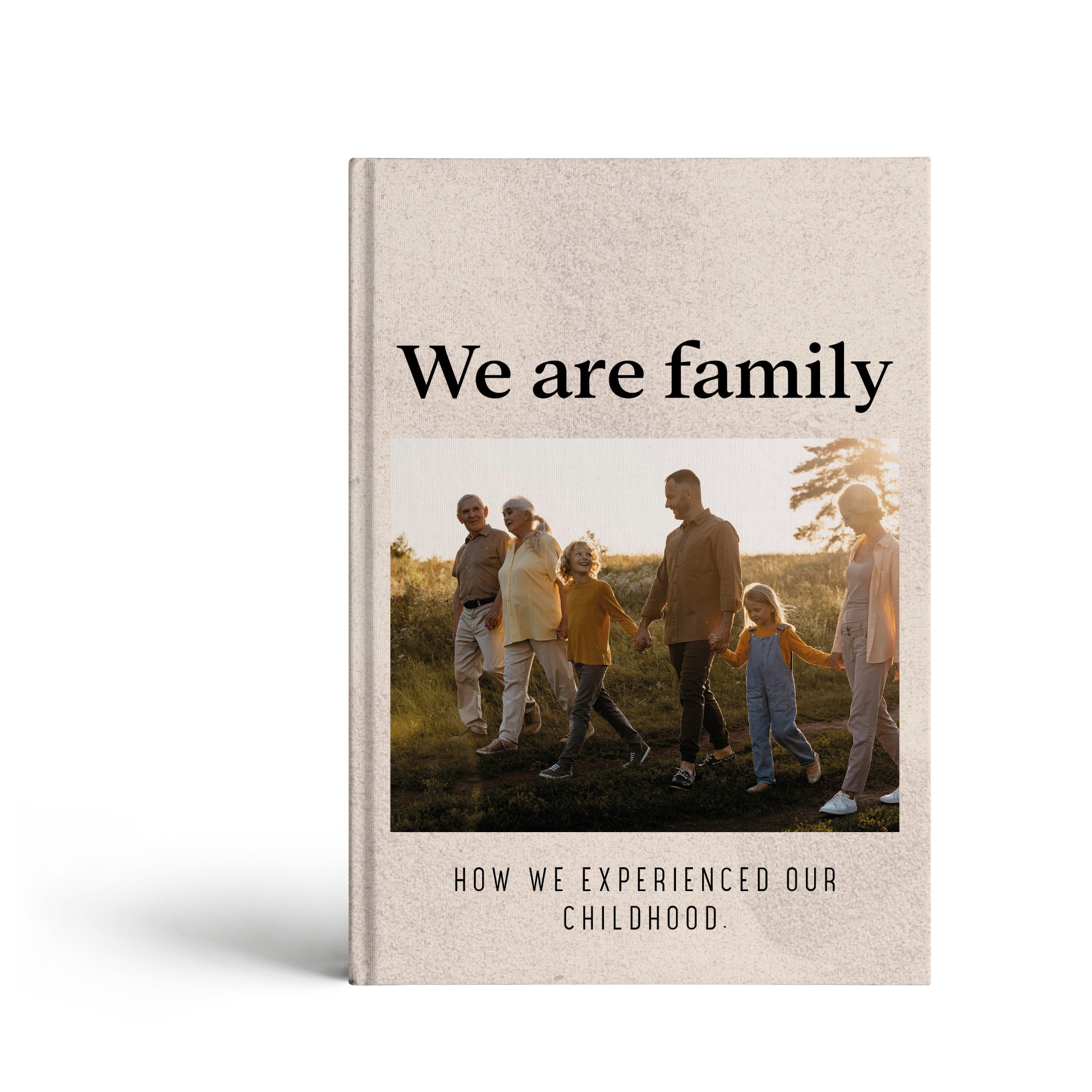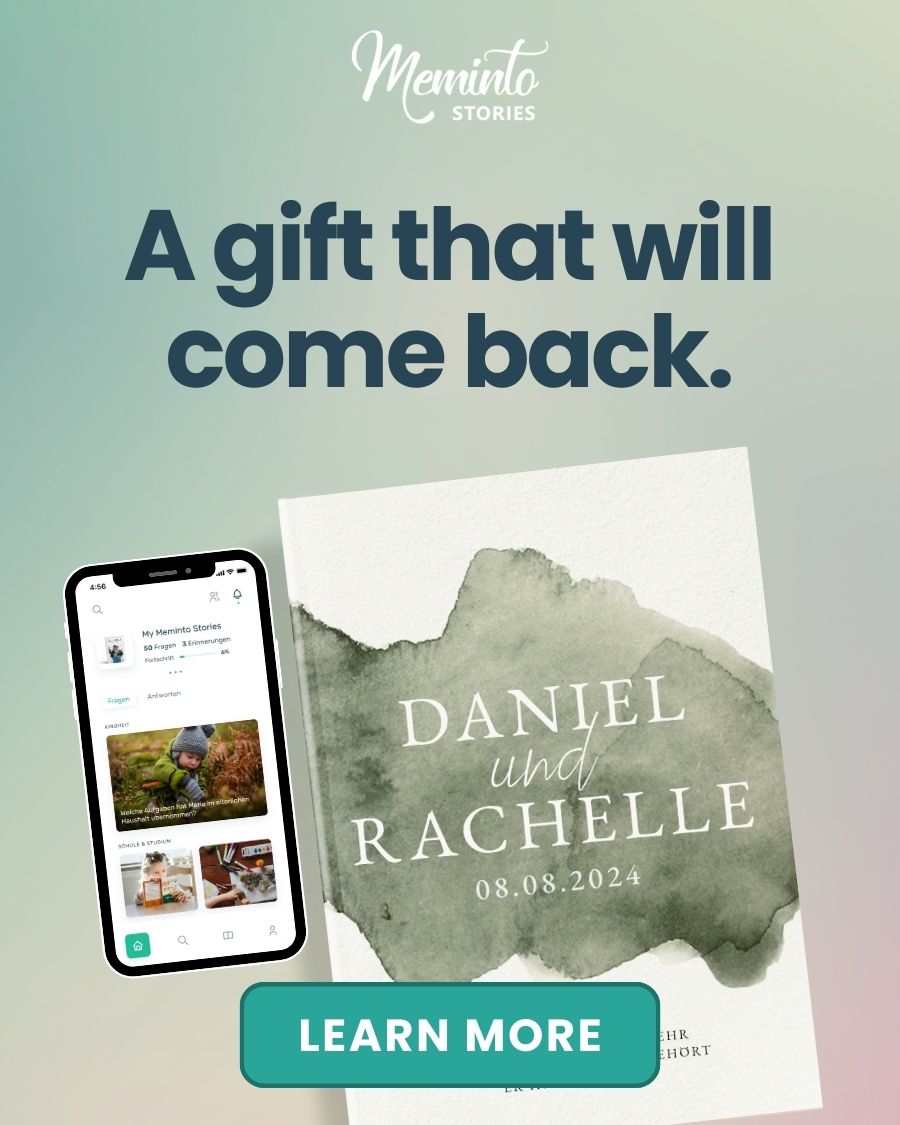Writing is a powerful tool to process emotions and improve mental health. It helps lower stress, reduce anxiety, and boost self-awareness. Whether you’re dealing with grief, stress, or trauma, writing offers a private space to express and understand your feelings.
Here’s how you can use writing to heal:
- Benefits: Reduced anxiety, better emotional control, improved mood, and fewer negative thoughts.
- Who Can Use It: Anyone, regardless of skill level, facing challenges like loss, stress, or trauma.
- Methods: Journaling, unsent letters, reframing memories, or voice recordings.
- Tips: Create a calm, distraction-free space and choose a method that feels natural – handwriting, digital tools, or voice notes.
Start with just 15–20 minutes a day to express your emotions freely. Over time, writing can help you reflect, grow, and even document your journey into a memoir.
Expressive writing can help your mental health, with James …
Setting Up Your Writing Space
Creating a dedicated writing space can help you focus and process emotions more effectively. A well-organized area reduces distractions and allows you to concentrate on your thoughts.
Finding the Right Space to Write
Your writing space should feel like a safe haven where you can freely explore your emotions. Here are some things to consider when setting it up:
- Natural light: If possible, set up near a window. Exposure to natural light can help reduce stress and improve your mood.
- Comfortable seating: Use a chair that supports your posture and lets you write comfortably for 15-20 minutes at a time.
- Privacy: Pick a quiet spot where interruptions are unlikely. This could be a spare room, a cozy corner, or even a quiet spot in a library.
- Minimal distractions: Silence your phone and turn off notifications on your devices to maintain focus.
- Personal touches: Add items that bring a sense of calm, such as:
- A small plant
- A scented candle
- A meaningful photo
- A soft blanket
Once your space is ready, choose a writing method that aligns with your needs.
Selecting Writing Methods
The method you choose for writing can shape how you express and process your emotions. Each option offers its own advantages:
| Writing Method | Benefits | Best For |
|---|---|---|
| Handwriting | – Slows the pace for deeper reflection – Creates a physical connection to your thoughts – No digital distractions |
– Stream of consciousness writing – Private journaling – Initial emotional processing |
| Digital Writing | – Faster for longer sessions – Easy to edit and organize – Secure with cloud backups |
– Structured exercises – Long-form reflection – Sharing with therapists |
| Voice Recording | – Captures tone and raw emotion – Feels more natural when overwhelmed – No need to write during intense moments |
– Processing complex feelings – Emotional moments when writing feels hard – Exploring trauma |
Platforms like Meminto Stories can simplify the process with guided prompts and voice-to-text features, making it easier to document your thoughts during challenging times.
Your writing space and methods can change as you grow. The goal is to create an environment where you feel comfortable expressing your innermost thoughts.
sbb-itb-e3574dd
Methods to Write Through Pain
Dealing with emotional pain often involves specific writing techniques to help you process and understand your feelings.
Daily Emotional Writing
Set aside time each day for expressive writing to let out bottled-up emotions and ease stress. Here’s how to get started:
- Write freely without worrying about edits.
- Focus on your deepest emotions – don’t hold back.
- Forget about grammar or punctuation.
Pick a consistent time that works for you, like in the morning or before bed. It’s okay if your writing feels chaotic; that’s part of the process.
Reframing Memories
Once you’ve built a habit of daily writing, you can start looking at past experiences in new ways. This can help you process memories differently and add depth to your practice.
| Perspective | Purpose | Writing Prompt |
|---|---|---|
| Observer View | Adds emotional distance | Describe the scene as if you’re watching from above. |
| Future Self | Brings wisdom and compassion | Write about your situation as if you’re your future self. |
| Alternate Character | Offers fresh insights | Tell the story from another person’s perspective. |
If you’re using Meminto Stories, their guided prompts can help you explore these perspectives step-by-step. This structured approach keeps you focused and encourages you to view your memories from multiple angles, enriching your overall healing process.
Letters You Won’t Send
Writing unsent letters is a great way to work through complicated emotions, especially when dealing with unresolved relationships or situations. These letters give you a safe space to say everything you’ve been holding in, without worrying about the consequences.
Consider writing letters to:
- Someone who hurt you
- Your younger self
- A loved one who has passed
- A future version of yourself
The goal isn’t to send these letters but to release your feelings. For a more structured approach, try this:
- Express raw emotions: Write whatever comes to mind – anger, sadness, frustration – without filtering.
- Reflect on lessons: Think about what you’ve learned from the experience. How has it shaped you?
- Find closure: End the letter with what you need to feel at peace, whether it’s forgiveness, acceptance, or goodbye.
If writing feels overwhelming, Meminto Stories offers a voice recording feature. You can speak your thoughts, and the platform will turn them into text, making it easier to capture your emotions during tough moments.
These techniques can help you better understand your emotions and use writing as a tool for growth.
Using Your Writing for Growth
Turn your writing into a tool for personal growth by reflecting on your emotions and sharing your experiences with others.
Reading Your Past Entries
Revisit your earlier entries to observe how your emotions have shifted over time and identify recurring themes that may need more attention. Using color-coded highlights – like red for anger, blue for sadness, and yellow for hope – can help you visually track your emotional journey. This method makes it easier to spot patterns in your healing process and better understand your progress.
Reflecting on these entries often sparks meaningful discussions that deepen your self-awareness.
Discussing Your Writing
Sharing your writing can open up new perspectives and provide valuable support. Here are a few ways to do it:
- Professional Support
Share selected entries with a mental health professional to uncover underlying themes, develop coping strategies, and process difficult memories with expert help. - Trusted Circles
Choose a close friend or family member you trust. Share your writing with them to gain constructive feedback when needed. - Writing Groups
Join a group where you can share your experiences in a safe, confidential space. These groups often offer mutual support and understanding.
Creating Books with Meminto Stories

If your writing has helped you gain clarity, consider turning it into a memoir. Meminto Stories makes it easy to transform your reflections into a book that captures your healing journey. Here’s how their features can support you:
| Feature | How It Helps |
|---|---|
| Voice Recording | Lets you express raw emotions when writing feels too hard |
| Guided Prompts | Helps you organize tough memories step by step |
| Collaborative Options | Allows family members to contribute to your healing story |
The Basic Book plan costs $99 and gives you two years to complete your memoir. Its user-friendly interface organizes your writings into chapters, making it easy to document your journey.
You can also enhance your memoir with:
- Photos that symbolize key emotional milestones
- Voice recordings of pivotal moments
- A digital flipbook to share with trusted friends or family
This memoir becomes more than just a book – it’s a powerful reminder of your growth and resilience throughout this process.
Conclusion: Making Writing Part of Your Life
By practicing regularly, writing can become a meaningful part of your daily routine.
How Writing Supports Emotional Well-Being
Writing offers an effective way to process emotions and reduce mental stress. It provides a private outlet to work through feelings and gain clarity.
Here are some key ways it helps:
- Gaining Perspective: Writing allows you to step back and view situations more objectively.
- Releasing Emotions: Putting thoughts into words can help ease emotional burdens.
- Spotting Patterns: You may notice recurring themes or triggers in your life.
- Tracking Growth: Journaling lets you see how far you’ve come over time.
Getting Started with Writing
If you’re new to writing, try these simple steps:
- Set aside 5–10 minutes each day to write.
- Use whatever format feels right – pen and paper, a digital tool, or even voice notes.
- Write openly without worrying about grammar or structure.
As your practice evolves, you might even consider turning your reflections into a memoir. Platforms like Meminto Stories can guide you through the process, offering tools like prompts and voice recording to help organize your thoughts. Their Basic Book plan gives you two years to create a meaningful record of your journey.
Your writing can become a testament to your growth and a source of inspiration for the future.
[elementor-template id=”31269″]




















